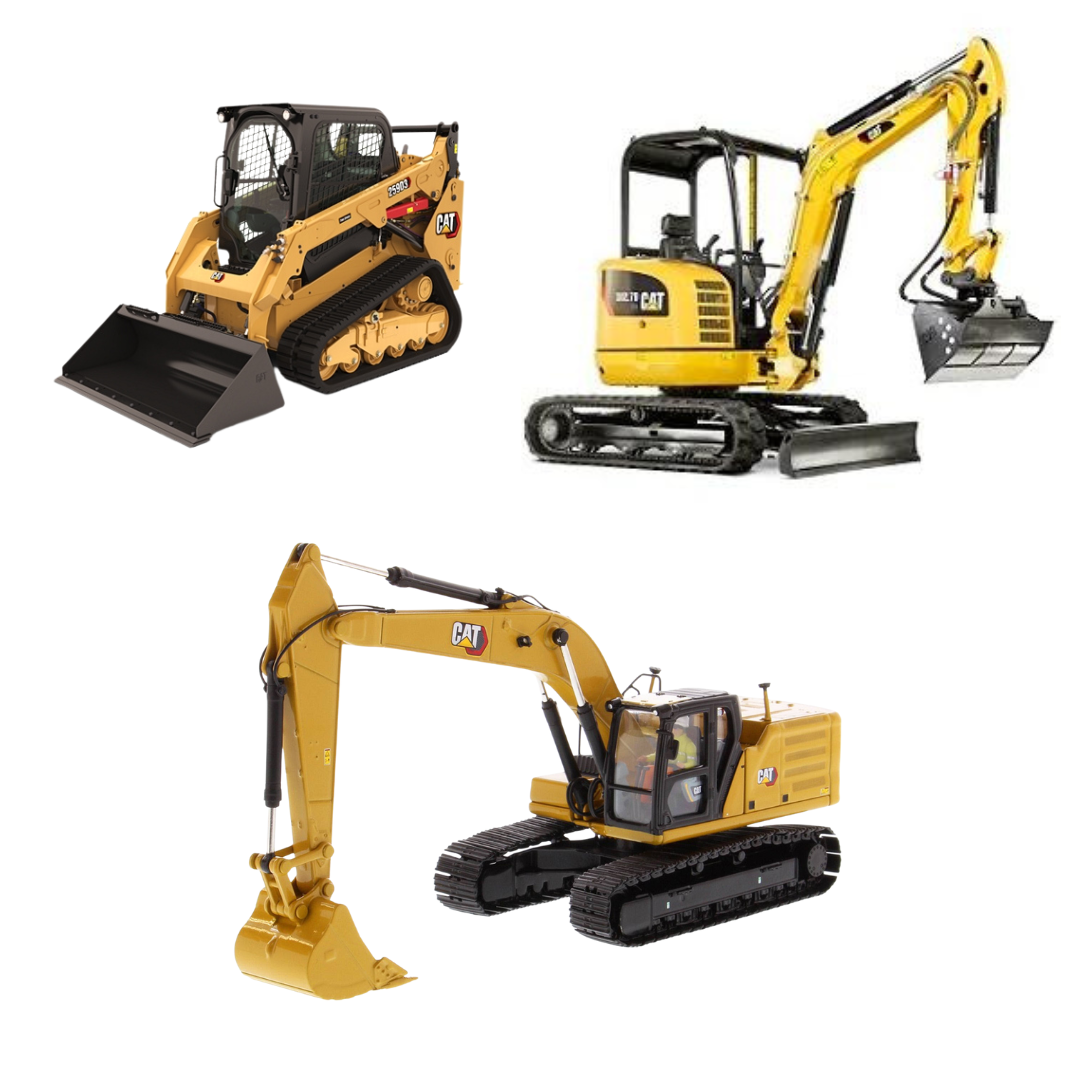Construction Equipment Rentals: Heavy Duty Equipment for Your Projects
Optimize Your Spending Plan by Recognizing the Costs Related To Building Devices Rentals
Understanding the complete scope of prices associated with building and construction equipment services is vital for maximizing your spending plan. What techniques can be used to efficiently take care of these expenses and make certain a more effective rental experience?
Summary of Rental Costs
When taking into consideration building devices leasings, recognizing the linked prices is vital for efficient budgeting and project planning. Rental prices can differ significantly based upon numerous elements, consisting of tools type, duration of rental, and area. The first rental fee often shows the tools's market demand and its associated functional capabilities, influencing the total expenditure.
In enhancement to the base rental price, supplementary costs may arise, such as transportation fees, fuel additional charges, and maintenance fees. It is necessary to make up these additional costs to properly assess the total expense of renting out equipment. The rental period can affect rates; longer leasings might certify for discounted prices, while temporary rentals may sustain higher everyday charges.

Failure of Rental Prices
A thorough understanding of rental prices is crucial for service providers and task managers intending to maximize their spending plans. Rental prices for building and construction devices normally are composed of a number of elements, including base prices, time-based costs, and use charges.
Base rates are the core charges connected with the rental of the tools, usually established by the kind and size of the machinery. These prices can differ considerably, influenced by elements such as equipment need, accessibility, and regional market trends. Time-based costs, which might be daily, weekly, or monthly, serve to accommodate different project timelines and rental periods.
Furthermore, rental rates might include use costs, which apply when equipment is utilized past a specified limit, making sure that the rental business can account for damage. Seasonal demand fluctuations can additionally impact rental rates, with peak building and construction periods generally commanding greater costs.
Moreover, recognizing the rental business's policies pertaining to upkeep and insurance can give additional insight right into the general expense structure. By assessing these elements, contractors can make enlightened choices, making certain the choice of rental tools lines up with both project needs and budget plan restrictions.
Added Fees to Consider
Comprehending the details of additional charges is vital for contractors to manage their general leasing expenditures effectively. Past the common rental rates, numerous auxiliary fees can substantially impact the overall expense of equipment leasing. These fees commonly consist of distribution and pick-up costs, which can differ based upon range and logistics associated with carrying the devices to and from the work website.
Moreover, some rental companies may impose fuel surcharges if the tools is returned with less fuel than when rented. It is also vital to know prospective cleaning charges, especially for specific devices that calls for comprehensive maintenance after usage.

Thoroughly reviewing the rental arrangement and making clear these extra fees upfront can aid service providers stay clear of unanticipated expenses and make certain that budget plans stay intact throughout the project lifecycle.
Maintenance and Repair Work Costs
Routine repair and maintenance costs are frequently forgotten aspects that can significantly affect the overall price of building tools leasings. When renting out devices, it is crucial to think about not only the rental charges yet likewise the possible costs linked with keeping the machinery in ideal operating problem.
Numerous rental firms include standard maintenance as part of the rental arrangement; however, a lot more unexpected malfunctions or extensive repair services can lead to extra expenses. It's necessary to review the rental contract meticulously to comprehend what upkeep solutions are covered and what obligations drop on the occupant.
Furthermore, devices that is not properly maintained can result in inadequacies on duty website, potentially enhancing and creating hold-ups project costs. To alleviate these risks, it is a good idea to carry out normal inspections and maintain open interaction with the rental supplier relating to any kind of issues that occur throughout use.
Insurance Policy and Responsibility Prices
Insurance and responsibility expenses are essential elements that can significantly affect the total expenditure of building equipment rentals (boom lift rental). These expenses ensure that both the rental business and the customer are shielded from possible economic losses occurring from crashes, damage, or burglary throughout the rental period

Furthermore, clients ought to know any type of deductibles or exemptions more tips here in the insurance plan, as these can affect prospective out-of-pocket expenditures. Understanding the terms and problems of any type of insurance policy coverage is essential to avoid unanticipated costs. Inevitably, budgeting for insurance and responsibility costs can assist ensure a smoother rental experience and shield versus economic threats connected with building jobs.
Final Thought
In verdict, a comprehensive understanding of the expenses associated with building and construction equipment leasings is vital for efficient budget monitoring. Inevitably, educated decision-making regarding equipment leasings adds to the general success of building undertakings.
Rental prices can differ dramatically based on numerous aspects, consisting of tools type, period of rental, and location (construction equipment rentals). The rental period can influence prices; longer leasings may certify for affordable rates, while temporary leasings may sustain higher daily costs
By performing comprehensive research and engaging with trusted rental firms, professionals can efficiently browse the complexities of rental pricing, eventually maximizing their monetary sources.
Beyond the basic rental prices, various extra charges can dramatically affect the total expense of tools leasing. Rental firms typically provide obligation insurance coverage that covers injuries to 3rd celebrations or damages to building, while devices damages insurance coverage can cover the price of fixings or replacement if the rented tools is damaged.